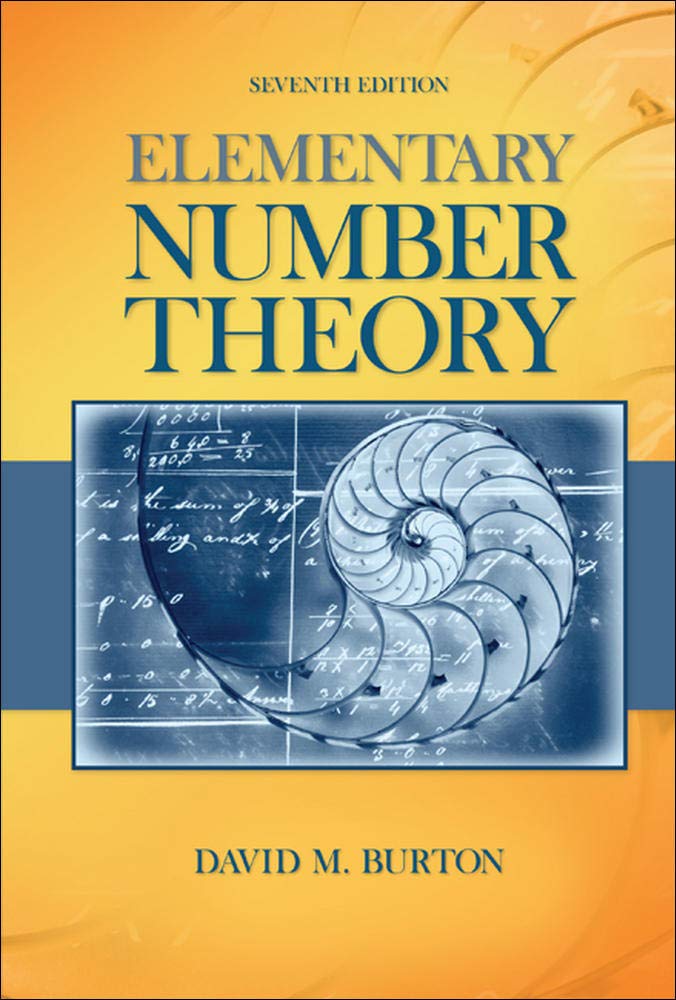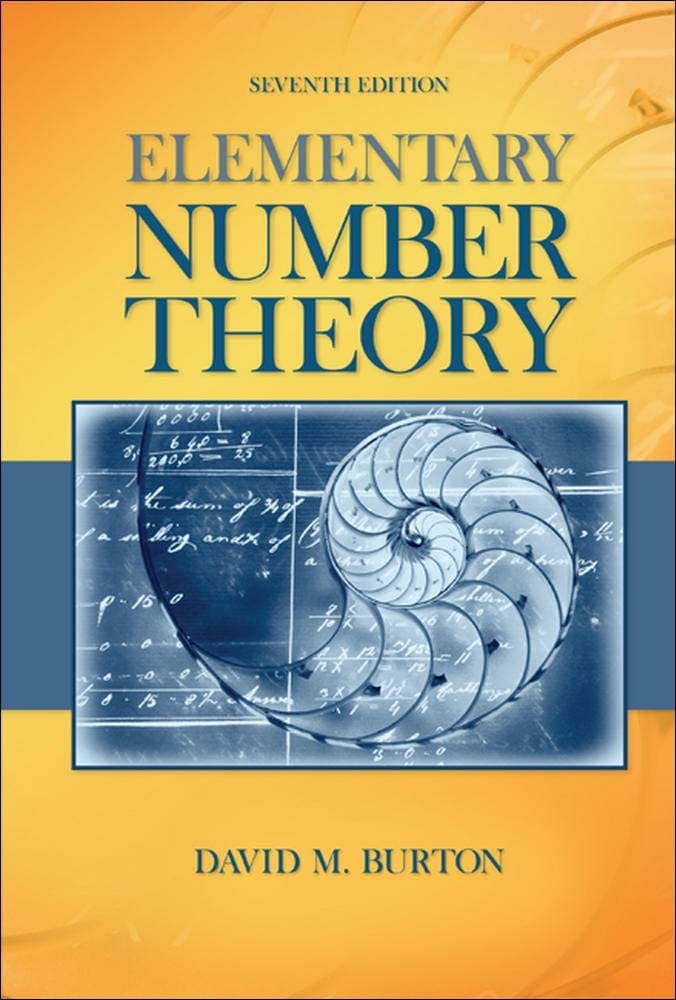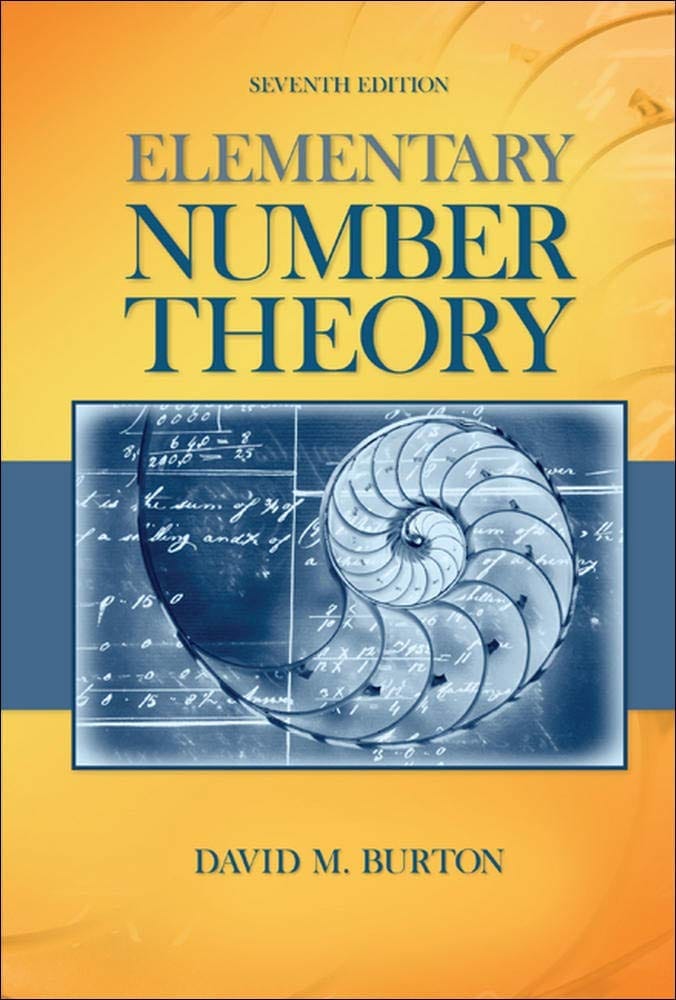
Elementary Number Theory Problems 3.2 Solution (David M. Burton's 7th Edition) - Q2
Ranblog Solution for "Employing the Sieve of Eratosthenes, obtain all the primes between 100 and 200."
Table of Contents
This is my solution for Chapter 3.2 Q2 in the book Elementary Number Theory 7th Edition written by David M. Burton.
Background
All theorems, corollaries, and definitions listed in the book's order:

I will only use theorems or facts that are proved before this chapter. So you will not see that I quote theorems or facts from the later chapters.
Question
Employing the Sieve of Eratosthenes, obtain all the primes between 100 and 200.
Solution
As $\sqrt{200} \approx 14.14$, we need to cross out all multiples of the primes that are $\leq 14$. Those primes are $2, 3, 5, 7, 11$, and $13$.
So, we list all integers from $100$ to $200$ and cross out all the multiples of $2, 3, 5, 7, 11$, and $13$.
\begin{array} {|r|r|} \hline 101 & \cancel{102} & 103 & \cancel{104} & \cancel{105} & \cancel{106} & 107 & \cancel{108} & 109 & \cancel{110} \\ \hline \cancel{111} & \cancel{112} & 113 & \cancel{114} & \cancel{115} & \cancel{116} & \cancel{117} & \cancel{118} & \cancel{119} & \cancel{120} \\ \hline \cancel{121} & \cancel{122} & \cancel{123} & \cancel{124} & \cancel{125} & \cancel{126} & 127 & \cancel{128} & \cancel{129} & \cancel{130} \\ \hline 131 & \cancel{132} & \cancel{133} & \cancel{134} & \cancel{135} & \cancel{136} & 137 & \cancel{138} & 139 & \cancel{140} \\ \hline \cancel{141} & \cancel{142} & \cancel{143} & \cancel{144} & \cancel{145} & \cancel{146} & \cancel{147} & \cancel{148} & 149 & \cancel{150} \\ \hline 151 & \cancel{152} & \cancel{153} & \cancel{154} & \cancel{155} & \cancel{156} & 157 & \cancel{158} & \cancel{159} & \cancel{160} \\ \hline \cancel{161} & \cancel{162} & 163 & \cancel{164} & \cancel{165} & \cancel{166} & 167 & \cancel{168} & \cancel{169} & \cancel{170} \\ \hline \cancel{171} & \cancel{172} & 173 & \cancel{174} & \cancel{175} & \cancel{176} & \cancel{177} & \cancel{178} & 179 & \cancel{180} \\ \hline 181 & \cancel{182} & \cancel{183} & \cancel{184} & \cancel{185} & \cancel{186} & \cancel{187} & \cancel{188} & \cancel{189} & \cancel{190} \\ \hline 191 & \cancel{192} & 193 & \cancel{194} & \cancel{195} & \cancel{196} & 197 & \cancel{198} & 199 & \cancel{200} \\ \hline \end{array}The primes are $101, 103, 107, 109, 113, 127, 131, 137, 139, 149, 151, 157, 163,$ $167, 173, 181, 191, 193, 197$, and $199$.
Read More: All My Solutions for This Book
Related Pages
Ranblog Newsletter
Join the newsletter to receive the latest updates in your inbox.


